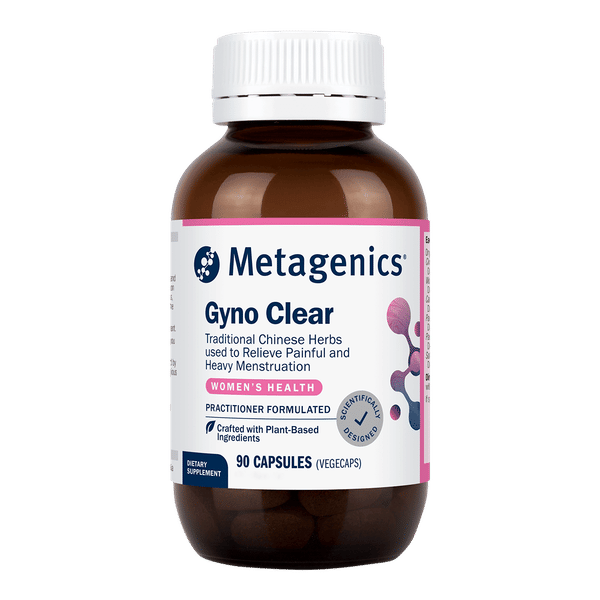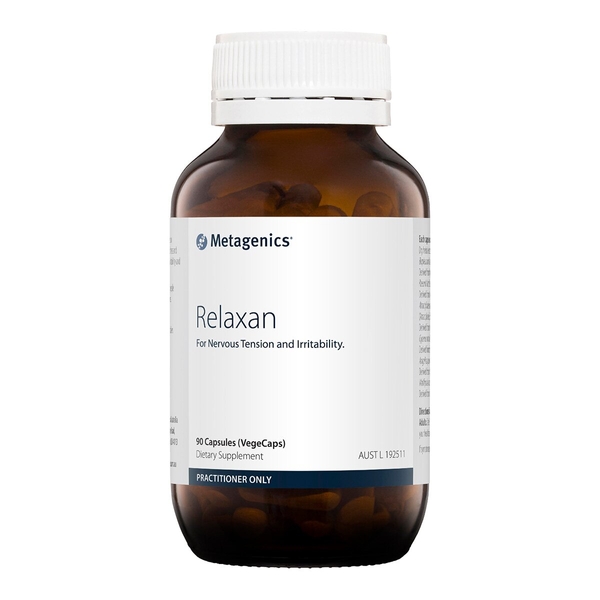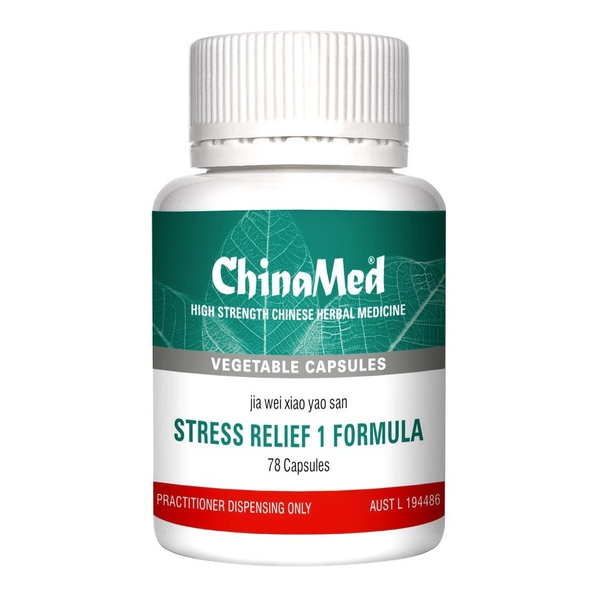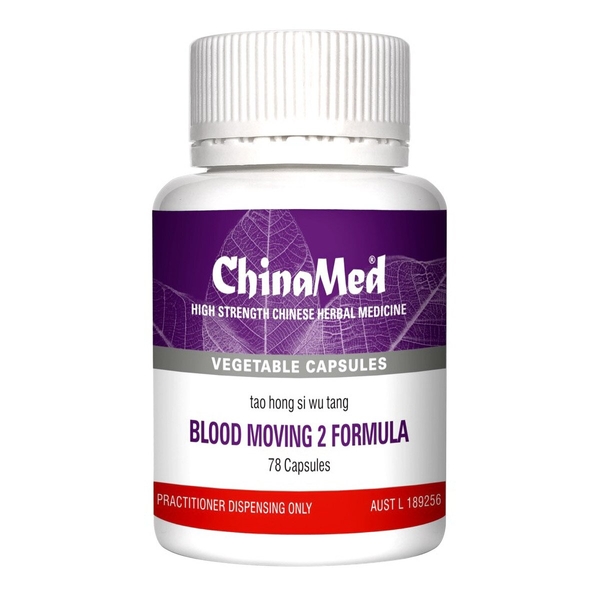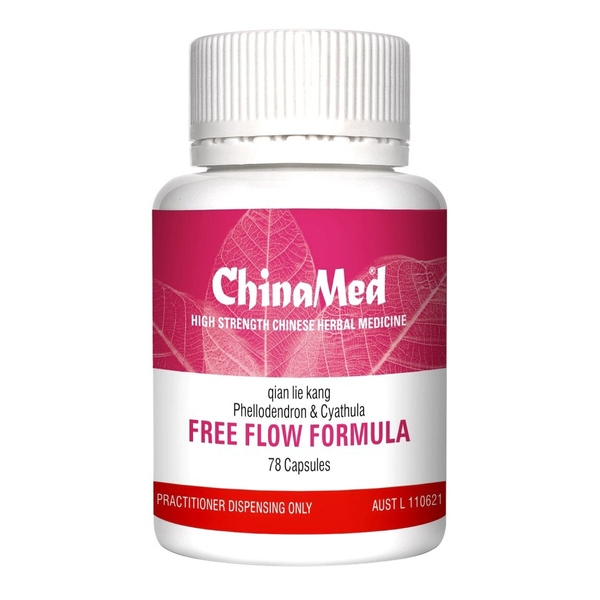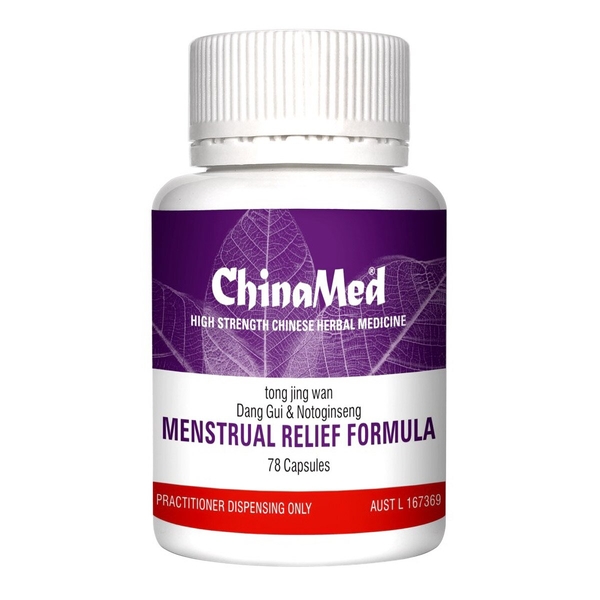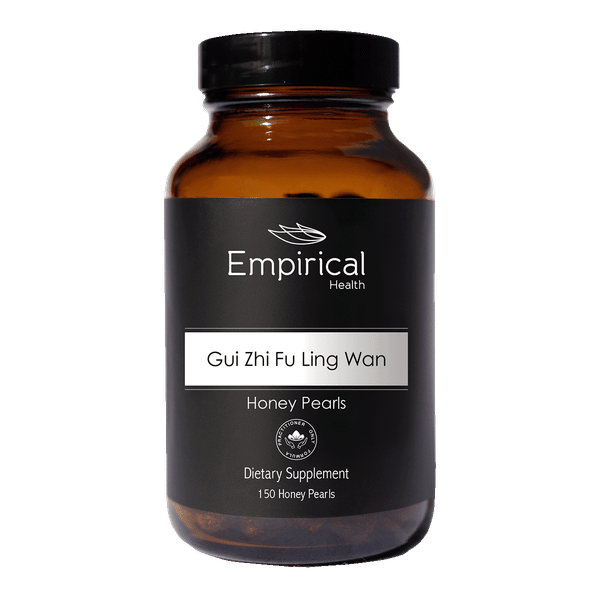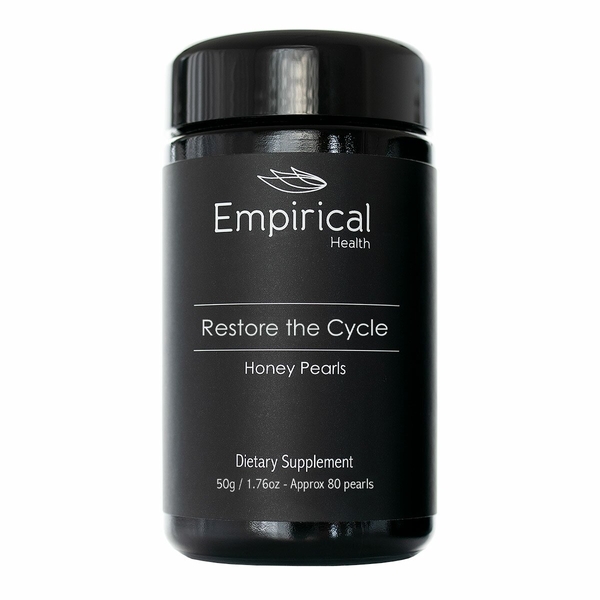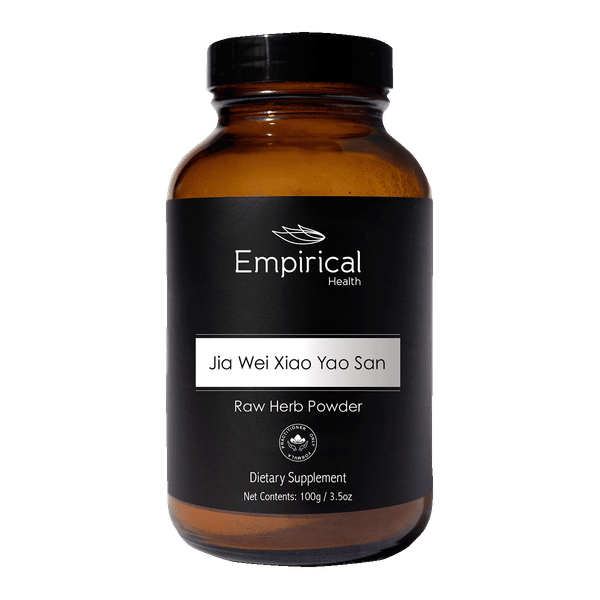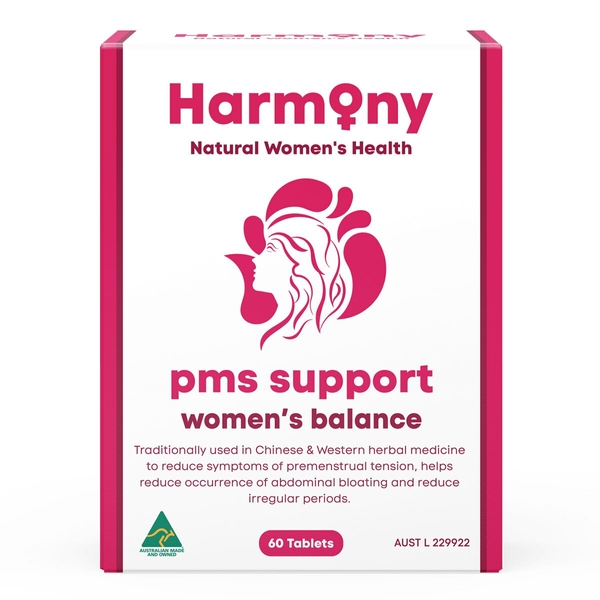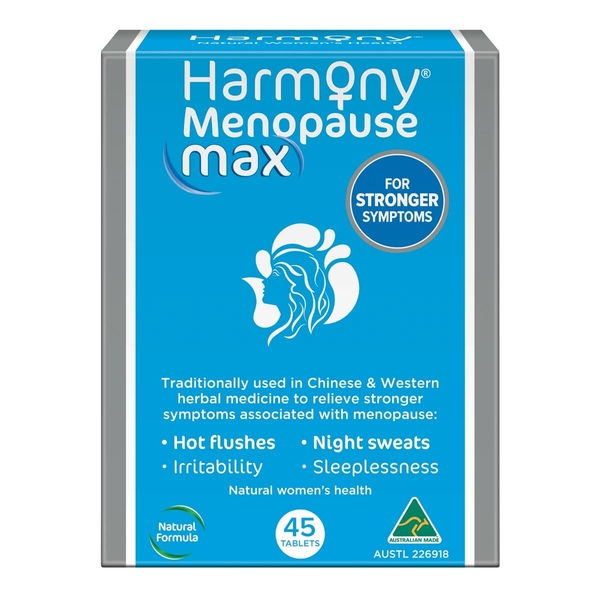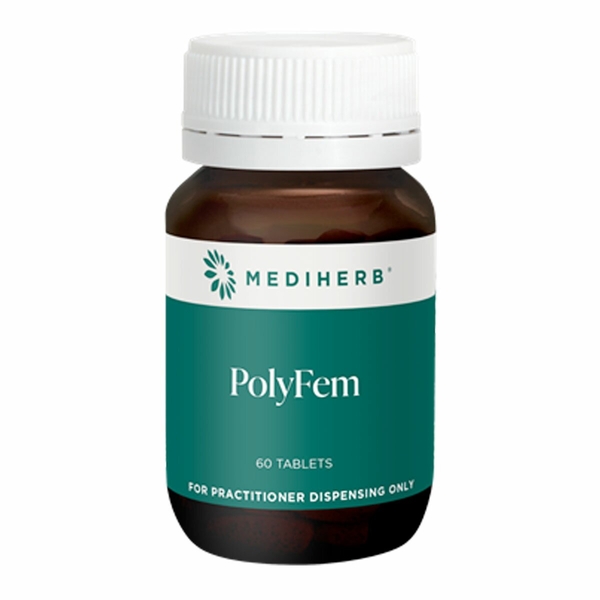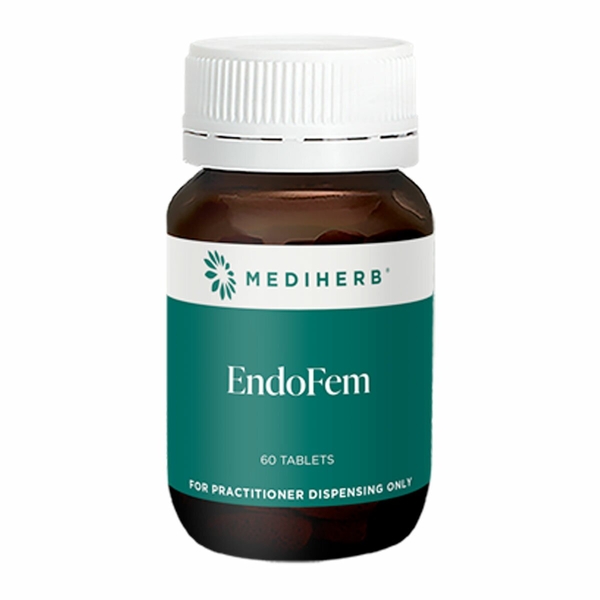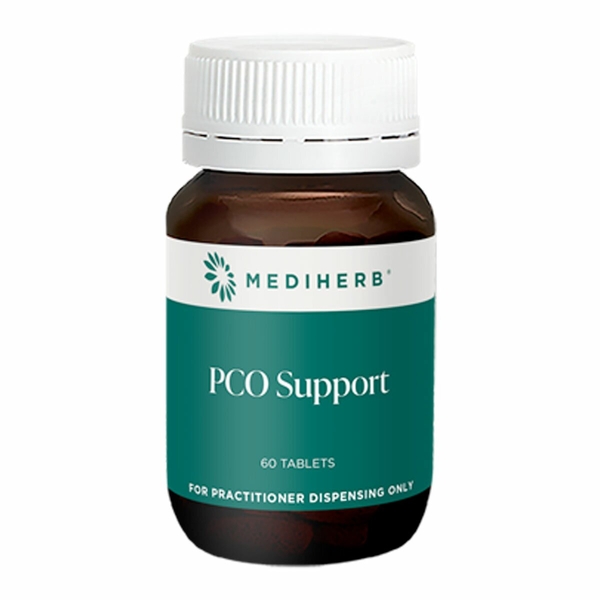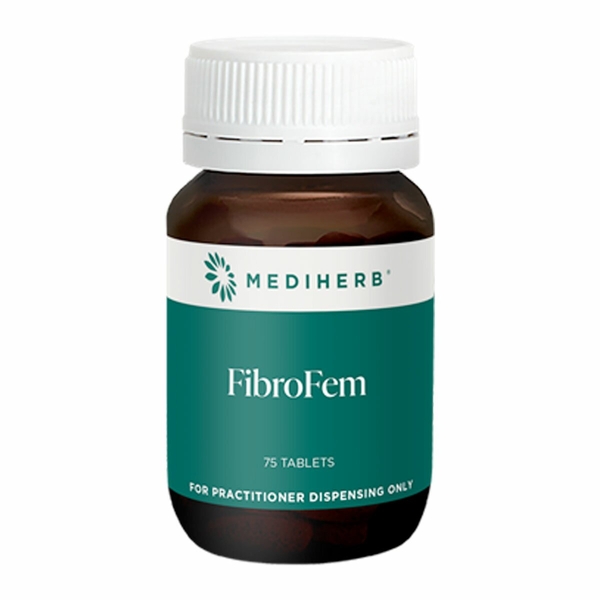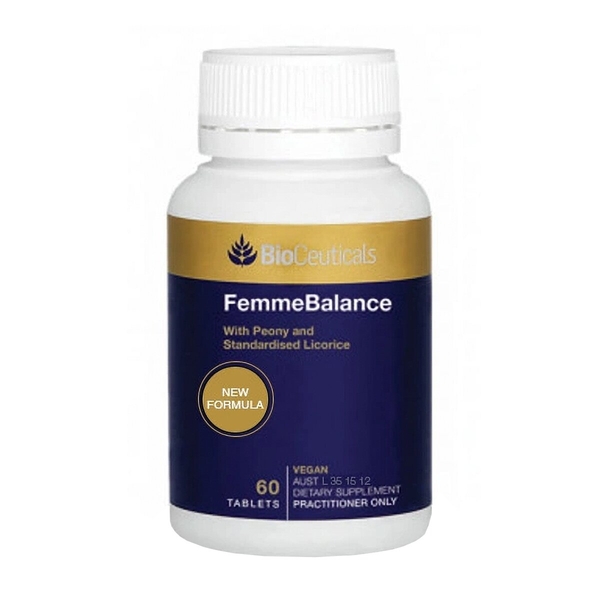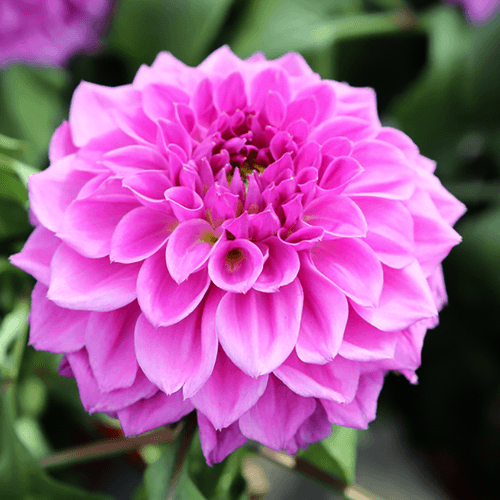
Background
Peony might block chemicals that can cause pain and swelling. It might also prevent blood clotting, kill cancer cells, and act as an antioxidant. Peony is sometimes called red peony and white peony. This refers to the color of the processed root, not the color of the flowers.
People use peony for menstrual cramps, aging skin, cough, epilepsy, psoriasis, and many other conditions, but there is no good scientific evidence to support these uses.
Safety Safety definitions
When applied to the skin: There isn't enough reliable information to know if peony is safe. It can cause rash in some people.
Special Precautions & Warnings:
Pregnancy: Peony is possibly unsafe when taken by mouth during pregnancy. It might cause uterine contractions. Until more is known, don't use peony during pregnancy.Breast-feeding: There isn't enough reliable information to know if peony is safe to use while breast-feeding. Stay on the safe side and avoid use.
Children: Peony is possibly safe when taken by mouth for up to 12 months by children at least 1 year old.
Bleeding disorders: Peony might slow blood clotting. Don't use it if you have a bleeding disorder.
Hormone-sensitive conditions such as breast cancer, uterine cancer, ovarian cancer, endometriosis, or uterine fibroids: Peony extract might act like estrogen. If you have any condition that might be made worse by exposure to estrogen, don't use peony.
Surgery: Peony might slow blood clotting. This might increase the chance of bleeding during and after surgery. Stop using peony at least 2 weeks before a scheduled surgery.
Effectiveness
Dosing & administration
Interactions with pharmaceuticals
Birth control pills (Contraceptive drugs)
Interaction Rating=Moderate Be cautious with this combination.
Some birth control pills contain estrogen. Peony might have some of the same effects as estrogen. Taking peony along with birth control pills might increase the risk of side effects. It might also decrease the effects of birth control pills. If you take birth control pills along with peony, use an additional form of birth control such as a condom.
Clozapine (Clozaril)
Interaction Rating=Moderate Be cautious with this combination.
Peony might increase the amount of clozapine in the body. Taking peony along with clozapine might increase the effects and side effects from clozapine.
Estrogens
Interaction Rating=Moderate Be cautious with this combination.
Peony might have some of the same effects as estrogen. Taking peony along with estrogen might increase the effects and side effects from estrogen.
Medications changed by the liver (Cytochrome P450 1A2 (CYP1A2) substrates)
Interaction Rating=Moderate Be cautious with this combination.
Some medications are changed and broken down by the liver. Peony might change how quickly the liver breaks down these medications. This could change the effects and side effects of these medications.
Medications changed by the liver (Cytochrome P450 3A4 (CYP3A4) substrates)
Interaction Rating=Moderate Be cautious with this combination.
Some medications are changed and broken down by the liver. Peony might change how quickly the liver breaks down these medications. This could change the effects and side effects of these medications.
Medications that slow blood clotting (Anticoagulant / Antiplatelet drugs)
Interaction Rating=Moderate Be cautious with this combination.
Peony might slow blood clotting. Taking peony along with medications that also slow blood clotting might increase the risk of bruising and bleeding.
Phenytoin (Dilantin)
Interaction Rating=Moderate Be cautious with this combination.
Peony root might decrease the amount of phenytoin in the body. Taking peony root along with phenytoin might decrease the effects of phenytoin and increase the risk of seizures.
Interactions with herbs & supplements
Herbs that might act like estrogen: Peony might have the same effects as estrogen. Using it along with other supplements with similar effects might increase estrogen-like effects and side effects. Examples of supplements with this effect include black cohosh, hops, kudzu, and red clover.
Interactions with foods
Products
View all products- Paeonia lactiflora (Bai Shao) ext. 18.84 mg
- Paeonia suffruticosa (Mu Dan Pi) ext. 11.31 mg
- Paeonia veitchii (Chi Shao) ext. 18.84 mg
- Angelica polymorpha ext. 18.84 mg
- Daemonorops draco ext. 11.31 mg
- Drynaria fortunei ext. 11.31 mg
- Dipsacus asper ext. 11.31 mg
- Prunus persica ext. 11.31 mg
- Boswellia carterii ext. 11.31 mg
- Commiphora myrrha ext. 11.31 mg
- Sparganium stoloniferum ext. 11.31 mg
- Curcuma zedoaria ext. 11.31 mg
- Saposhnikovia divaricata ext. 11.31 mg
- Citrus aurantium ext. 11.31 mg
- Curcuma longa ext. 11.31 mg
- Platycodon grandiflorus ext. 11.31 mg
- Panax notoginseng ext. 7.53 mg
- Glycyrrhiza uralensis ext. 6.27 mg
- Carthamus tinctorius ext. 11.31 mg
- Corydalis turtschaninovii ext. 18.84 mg
- Cyathula officinalis ext. 15.06 mg
- Salvia miltiorrhiza ext. 18.84 mg
- Siphonestegia chinesis ext. 11.31 mg
- Paeonia lactiflora (Peony) ext. 63.2 mg
- Paeonia suffruticosa (Tree peony) ext. 42.4 mg
- Bupleurum falcatum ext. 75 mg
- Cyperus rotundus ext. 63.2 mg
- Angelica polymorpha ext. 63.2 mg
- Poria cocos ext. 63.2 mg
- Gardenia jasminoides ext. 42.4 mg
- Glycyrrhiza uralensis ext. 31.8 mg
- Mentha haplocalyx ext. 21.4 mg
- Zingiber officinale ext. 21 mg
- Atractylodes macrocephala ext. 63.2 mg
- Paeonia lactiflora (Bai Shao) ext. 38.7 mg
- Paeonia suffruticosa (Mu Dan Pi) ext. 38.7 mg
- Poria cocos ext. 38.7 mg
- Bupleurum falcatum ext. 29.1 mg
- Angelica polymorpha ext. 38.7 mg
- Atractylodes macrocephala ext. 38.7 mg
- Gardenia jasminoides ext. 38.7 mg
- Glycyrrhiza uralensis ext. 12.9 mg
- Zingiber officinale ext. 9.6 mg
- Mentha haplocalyx ext. 16.2 mg
- Paeonia lactiflora (Bai Shao) ext. 37.47 mg
- Paeonia veitchii (Chi Shao) ext. 37.47 mg
- Rehmannia glutinosa ext. 74.94 mg
- Angelica polymorpha ext. 37.47 mg
- Cyperus rotundus ext. 28.23 mg
- Ligusticum striatum ext. 28.14 mg
- Prunus persica ext. 28.14 mg
- Carthamus tinctorius ext. 28.14 mg
- Paeonia suffruticosa (Mu Dan Pi) ext. 26.87 mg
- Paeonia obovata (Chi Shao) ext. 26.87 mg
- Rehmannia glutinosa ext. 41.79 mg
- Poria cocos ext. 32.84 mg
- Phellodendron amurense ext. 26.87 mg
- Alisma orientale ext. 26.87 mg
- Cornus officinalis ext. 23.88 mg
- Glycyrrhiza uralensis ext. 11.94 mg
- Lindera strychnifolia ext. 26.87 mg
- Cyathula officinalis ext. 26.87 mg
- Anemarrhena asphodeloides ext. 26.87 mg
- Paeonia lactiflora (Bai Shao) ext. 24.87 mg
- Paeonia veitchii (Chi Shao) ext. 24.87 mg
- Salvia miltiorrhiza ext. 24.89 mg
- Corydalis turtschaninovii ext. 24.89 mg
- Angelica polymorpha ext. 24.87 mg
- Typha angustifolia ext. 24.87 mg
- Prunus persica ext. 22.39 mg
- Ligusticum striatum ext. 22.39 mg
- Cyperus rotundus ext. 22.39 mg
- Lindera strychnifolia ext. 22.39 mg
- Curcuma zedoaria ext. 22.39 mg
- Panax notoginseng ext. 14.93 mg
- Paeonia lactiflora (Peony) ext. 21.6 mg
- Paeonia obovata (Chi Shao) ext. 21.6 mg
- Rehmannia glutinosa ext. 36 mg
- Salvia miltiorrhiza ext. 36 mg
- Achyranthes bidentata ext. 28.8 mg
- Prunus persica ext. 21.6 mg
- Carthamus tinctorius ext. 21.6 mg
- Ligusticum striatum ext. 21.6 mg
- Bupleurum falcatum ext. 21.6 mg
- Citrus aurantium ext. 21.6 mg
- Platycodon grandiflorus ext. 14.4 mg
- Glycyrrhiza uralensis ext. 12 mg
- Angelica polymorpha ext. 21.6 mg
- Paeonia suffruticosa (Tree peony) (root bark)
- Chinese peony (red) (Chi Shao) (root)
- Cinnamomum spp. (twig)
- Poria cocos
- Prunus persica (seed)
- Mel mellis (Feng Mi)
- Paeonia suffruticosa (Mu Dan Pi) (bark)
- Chinese peony (red) (Chi Shao) (root)
- Rheum palmatum (root & rhizome)
- Hirudo medicinalis
- Cinnamomum cassia (bark) (bark)
- Prunus persica (seed)
- Poria cocos (fungus)
- Eupolyphaga steleophaga
- Tabanus bivittatus
- Mel mellis (Feng Mi)
- Paeonia lactiflora (Peony) ext. 375 mg
- Vitex agnus-castus ext. 1 mL
- Pyridoxal 5-phosphate monohydrate (P5P) 12.5 mg equiv. pyridoxine 7.95 mg
- Matricaria chamomilla ext. 2 mL
- Manganese amino acid chelate 12.5 mg equiv. manganese 2.5 mg
- Potassium iodide 99 µg equiv. iodine 75 µg
- Selenomethionine 188 µg equiv. selenium 75 µg
- Zinc citrate 36.8 mg equiv. zinc 12.5 mg


